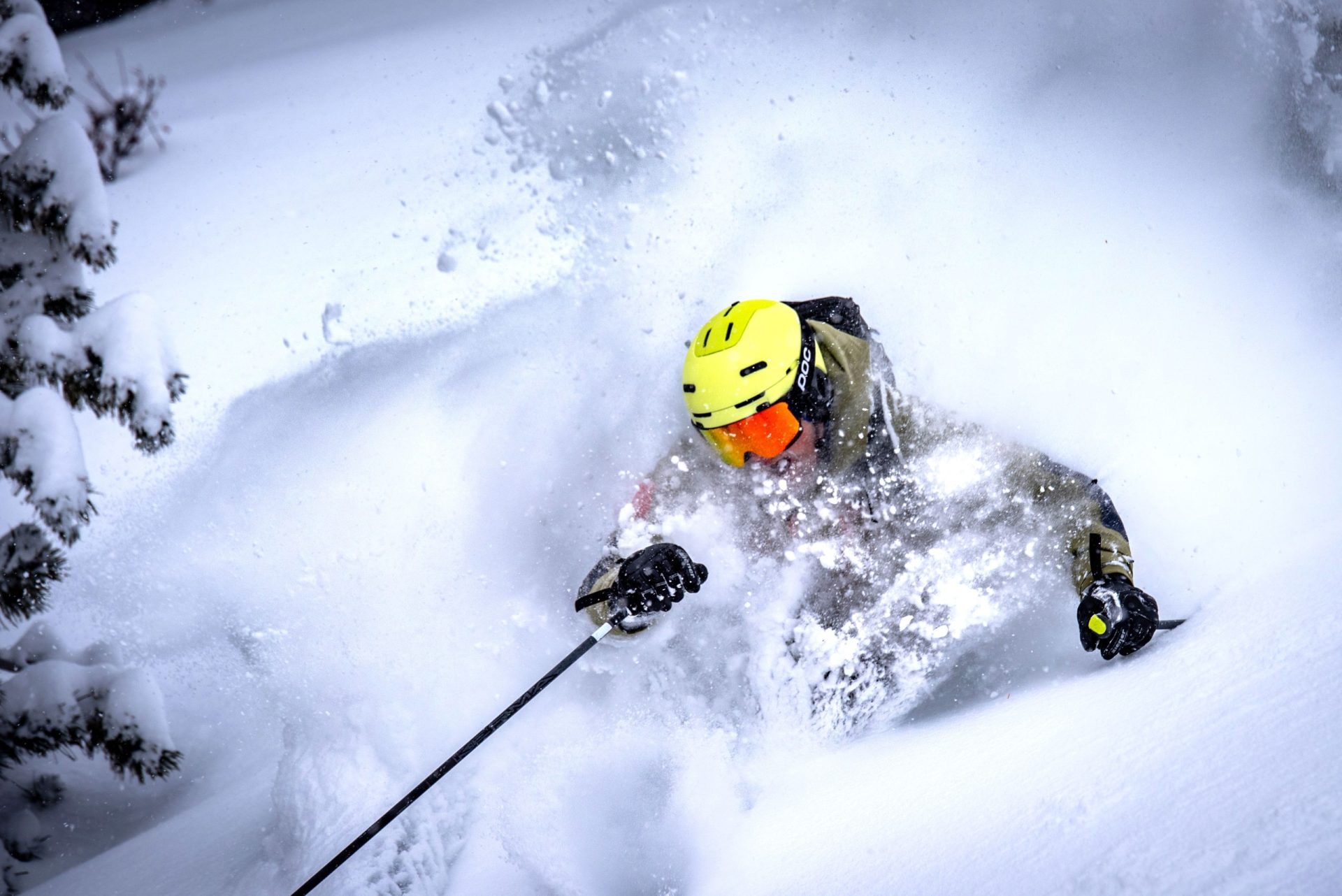
December 21, 2023
Great Snow Dec 2023
Have a look at some of the great images we got on Val d’Isere opening day…
Frequently Asked Questions
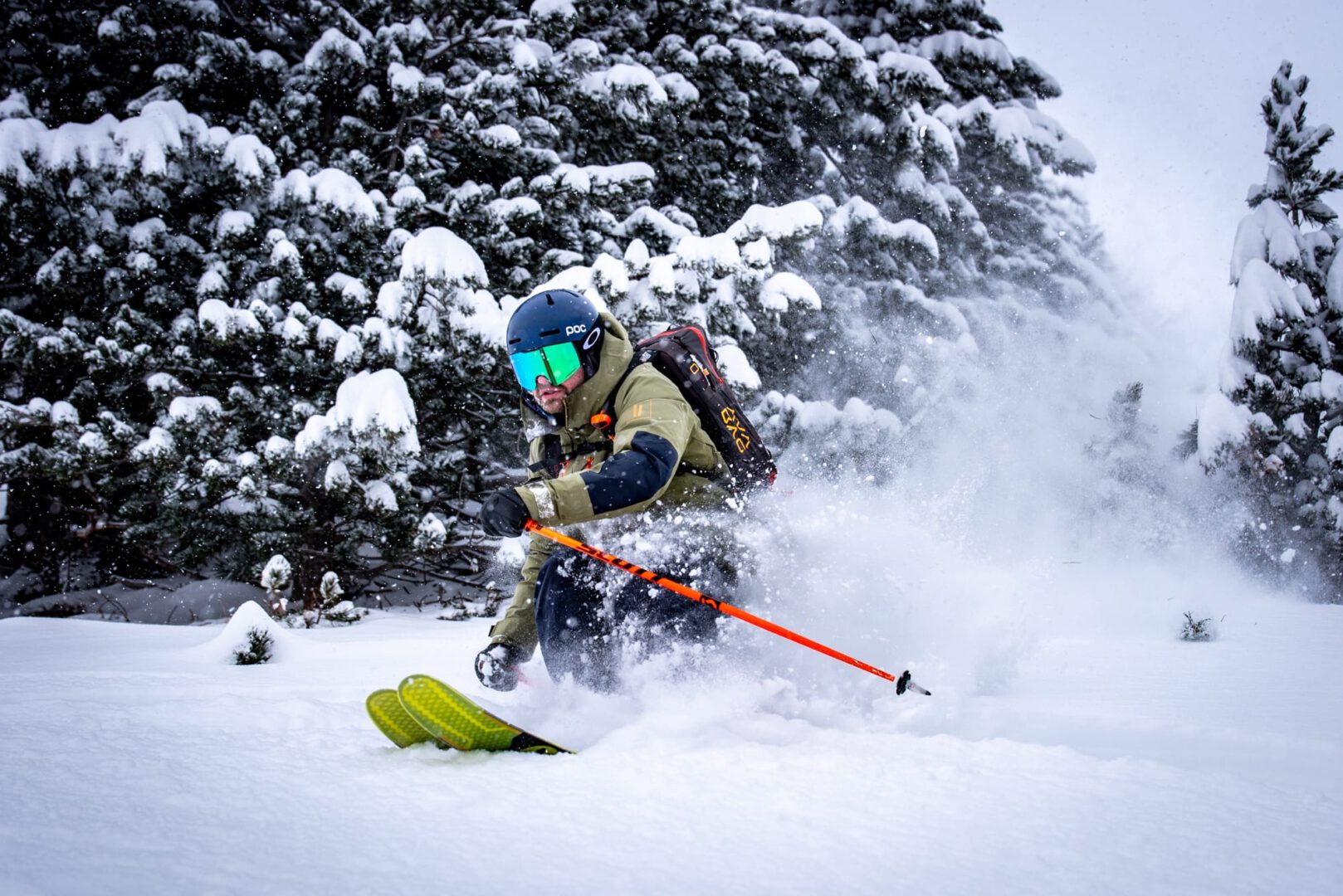

December 21, 2023
Have a look at some of the great images we got on Val d’Isere opening day…
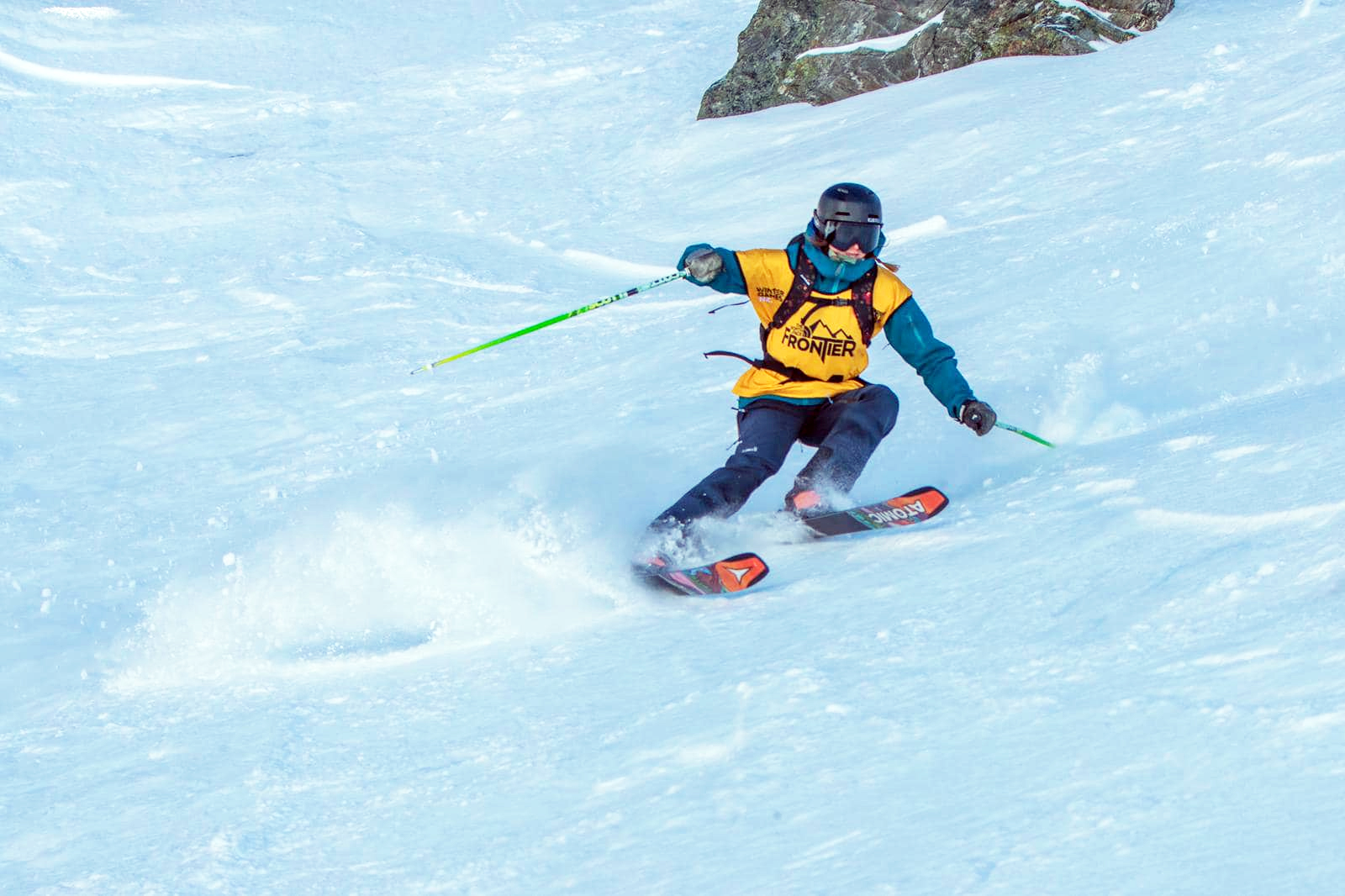
November 17, 2022
TDCski Tignes coach India Cairns placed 5th place in a strong international field competing at The…
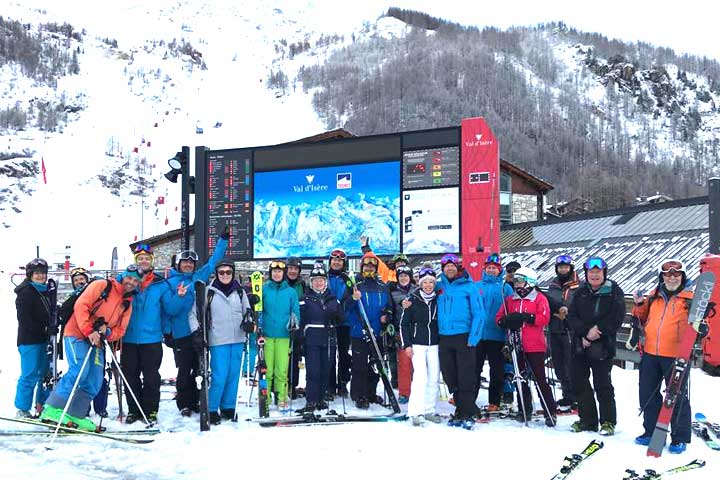
October 28, 2022
Every December TDCski run early season ski camps. For December 2022 the dates are28th Nov -…
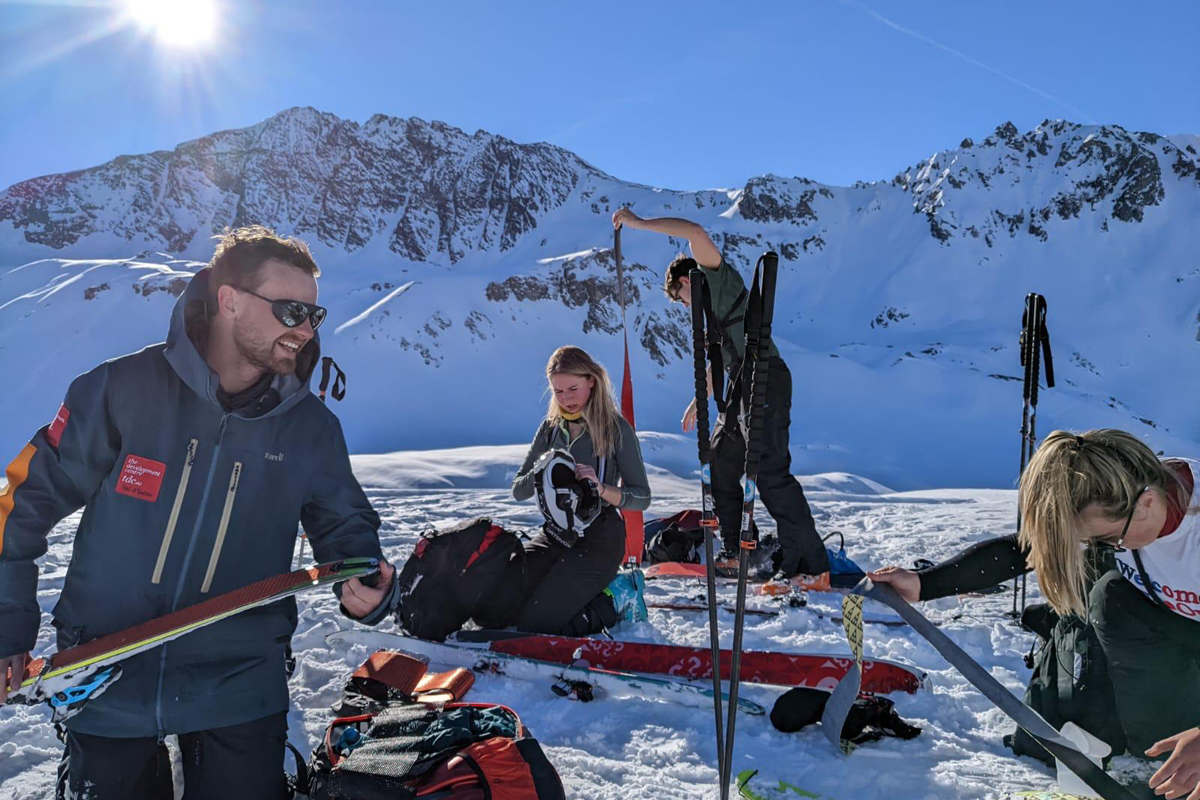
March 28, 2022
https://mailchi.mp/tdcski.com/spring-skiing-you-just-cant-beat-it
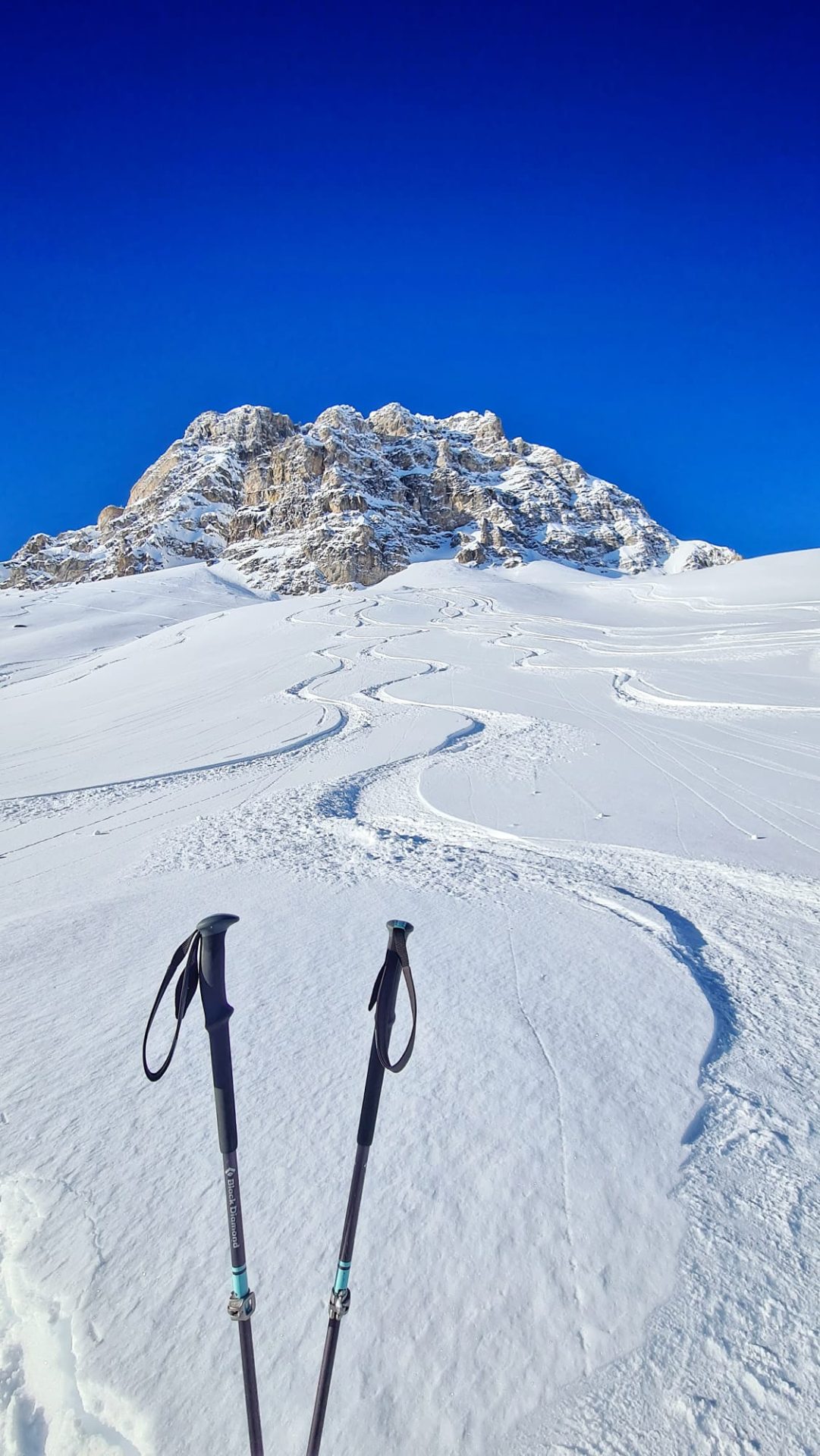
January 13, 2022
Fantastic Snow Conditions We all know that Val d’Isere/Tignes is one of the highest resorts in…